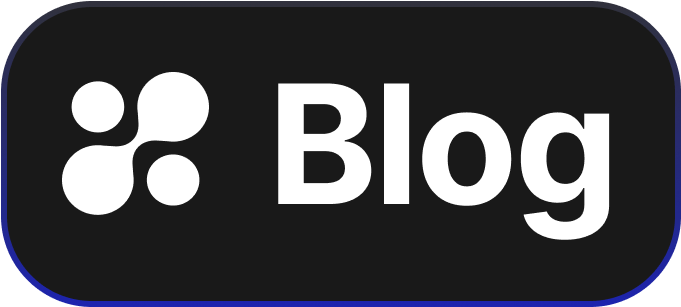How Multi-Factor Authentication and Password Rotation Secure Your Business
Protecting your digital assets is more important than ever for technology managers. Multi-factor authentication (MFA) and password rotation are two powerful strategies that can help you keep your systems safe. Understanding these tools can make a big difference in the security of your company’s data.
Understanding Multi-Factor Authentication
What is MFA?
Multi-factor authentication (MFA) is a security process that requires multiple forms of verification before allowing access. Instead of just a password, MFA might use a code sent to your phone or a fingerprint scan.
Why is MFA Important?
Using MFA makes it much harder for hackers to gain access to your systems. Even if someone steals a password, they still need another form of ID to break in. This extra layer of security helps protect sensitive information and reduces the chances of a security breach.
How to Implement MFA
To set up MFA, start by enabling it on key platforms and applications used by your team. Educate your staff about the importance of using MFA and provide guides on how to set it up for their accounts.
The Role of Password Rotation
What is Password Rotation?
Password rotation is the practice of regularly changing passwords to prevent unauthorized access. This involves updating passwords at regular intervals and avoiding the reuse of old passwords.
Why Rotate Passwords?
Hackers often use stolen passwords to access accounts. By rotating passwords, you limit the risk of exposure as compromised passwords become obsolete quickly. It also encourages the use of unique, strong passwords, which are harder to crack.
How to Implement Password Rotation
To introduce password rotation, set a policy that defines how often passwords should change. Use tools that remind team members to update their passwords and ensure the creation of strong, unique passwords each time.
Bringing It All Together for Strong Security
Combining MFA and password rotation creates a robust security system for your business. While MFA adds an extra verification step to ensure the identity of users, password rotation minimizes the risk of outdated credentials being used against you.
For technology managers, these practices form the backbone of a secure environment, protecting against unwanted access and potential data breaches.
Conclusion
By implementing multi-factor authentication and regular password rotation, tech managers can effectively safeguard their organization’s digital assets. These strategies not only enhance security but also foster a culture of awareness and responsibility among staff.
Curious about how you can integrate these strategies easily and efficiently? Visit hoop.dev to see these security measures in action. Experience the simplicity and effectiveness of our solutions firsthand and elevate your company's security with a few clicks.
